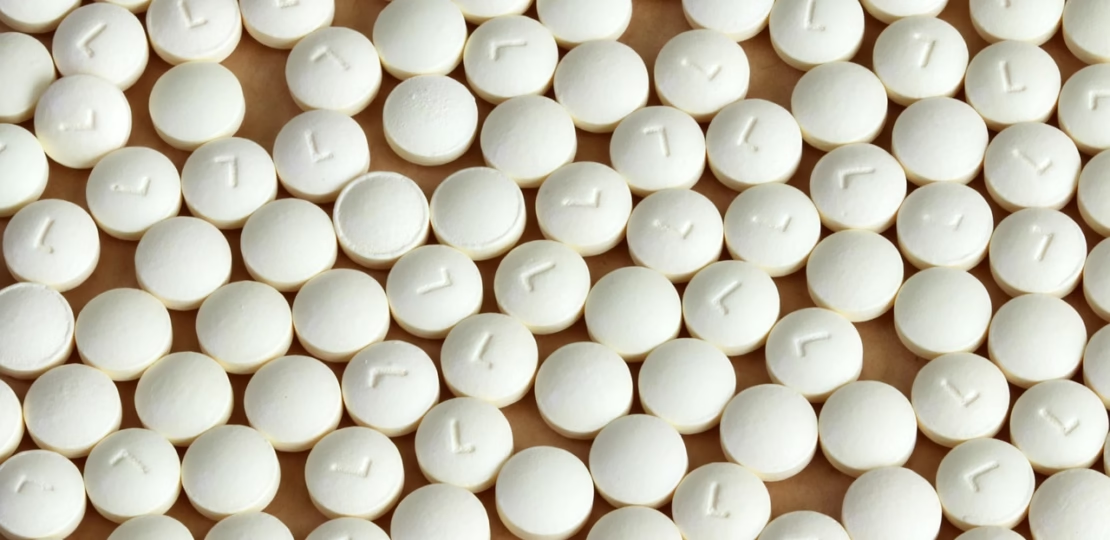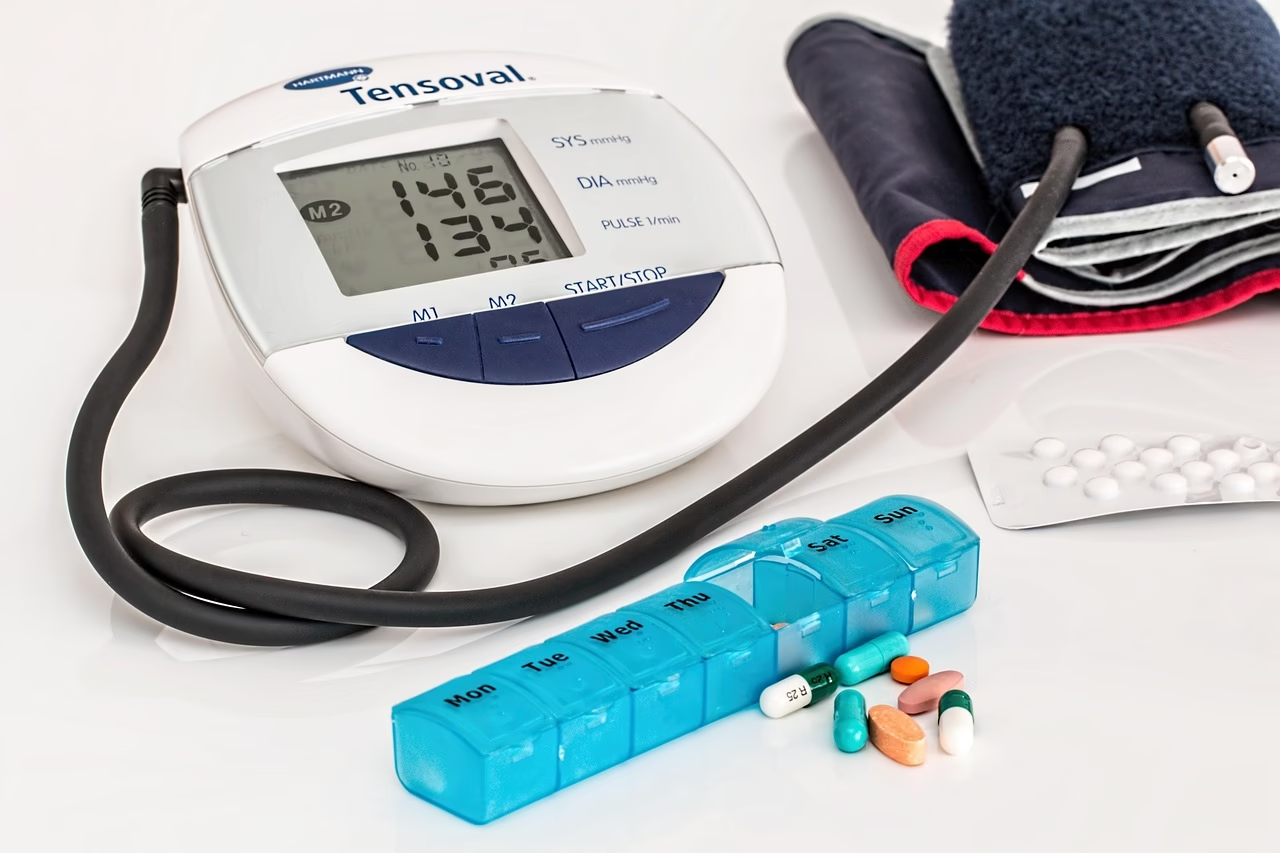Premenstrual Disorders Linked to Elevated Heart Disease Risk
July 11, 2025 | by Rachel Bloom

When Cycles & Hearts Converge
A compassionate look at the 20-year evidence linking premenstrual disorders to cardiovascular risk – and how to protect your well-being.
By Dr. Rachel Bloom | July 11, 2025
The headline that stopped me mid-scroll
Late one evening, my inbox lit up with the subject line: “Premenstrual disorders linked to elevated heart disease risk in 3 million women.” It referred to a sweeping meta-analysis published in Heart (February 2025). Researchers sifted through 28 studies spanning two decades and 3.27 million participants, concluding that women with conditions such as heavy or irregular periods, endometriosis, polycystic ovary syndrome (PCOS) or painful cramps faced:
- 28% higher risk of any cardiovascular or cerebrovascular event,
- 41% higher risk of ischemic heart disease (heart attack, angina),
- 33% higher risk of stroke.
Those numbers felt heavy, especially for anyone already wrestling with monthly discomfort. Yet data, when held with compassion, can become a lantern instead of a weight. Let’s light the path together.
Why would menstrual disorders influence the heart?
Our bodies are symphonies; hormones direct more than mood swings and cramps. Chronic gynecological disorders often bring:
- Systemic inflammation & oxidative stress – Both accelerate arterial plaque and stiffness.
- Hormonal imbalances – Lower protective estrogen or elevated androgens (common in PCOS) can tilt cholesterol, blood sugar and blood-pressure profiles unfavorably.
- Metabolic syndrome – Insulin resistance, abdominal weight gain and dyslipidemia frequently overlap with irregular cycles.
- Nervous-system activation – Severe pain triggers sympathetic “fight-or-flight” response, raising resting heart rate and blood pressure.
True wellness isn’t about isolating an organ; it’s about honoring the conversation among all of them.
Transforming concern into empowered action
Numbers raise awareness, but you remain the protagonist of this story. Practical, evidence-backed steps can soften the cardiovascular edge while easing monthly symptoms.
1. Track & tell
Keep a menstrual-health journal or app: note flow, pain, moods, sleep. Bring it to your clinician. Good data shortens diagnostic delays and guides personalized care.
2. Lean into an anti-inflammatory plate
Think Mediterranean: colorful produce, omega-3-rich fish or algae, nuts, seeds and extra-virgin olive oil. Ginger, turmeric and leafy greens calm prostaglandins that intensify cramps while nurturing arterial health.
3. Move with kindness
Regular moderate activity (150 minutes/week) lowers blood pressure, improves insulin sensitivity and eases PMS. On painful days, swap high-impact workouts for restorative yoga, gentle cycling or walking.
4. Prioritize sleep & stress care
Seven to nine hours of consistent sleep regulates cortisol and inflammatory markers. Try guided breath work, progressive muscle relaxation or a 10-minute body scan before bed.
5. Know your numbers early
If you live with endometriosis, PCOS or heavy bleeding, ask for baseline cardiovascular screening in your 20s or 30s—not just after menopause. Blood pressure, lipids, HbA1c and waist circumference tell a crucial story.
6. Collaborate on treatment
Hormonal therapies, non-steroidal anti-inflammatories, iron or targeted supplements may ease cycle symptoms; metformin or statins sometimes address metabolic ripple effects. Integrative pathways – acupuncture, pelvic-floor physiotherapy, cognitive-behavioral therapy – can round out the plan.
A note on self-compassion
Reading about risk while battling cramps or mood swings can feel overwhelming. Remember: risk is not destiny. Genetics, lifestyle, access to care and, yes, the mysterious magic of resilience all weave together. Many women in the included studies lived long, vibrant lives despite their diagnoses.
So if fear bubbles up, pause. Place a hand on your heart, breathe in for four counts, out for six. You’re already nurturing cardiovascular health with that single, slow exhale.
Looking ahead
Researchers urge larger, higher-quality longitudinal studies—but we don’t have to wait for perfect evidence to act. Each balanced meal, morning stretch or courageous conversation with a clinician shifts the narrative from vulnerability to vitality.
May this emerging science serve as an invitation: to listen more closely to your cycle, to advocate for thorough care and to remember that the heart beating in your chest is listening, too.

RELATED POSTS
View all



